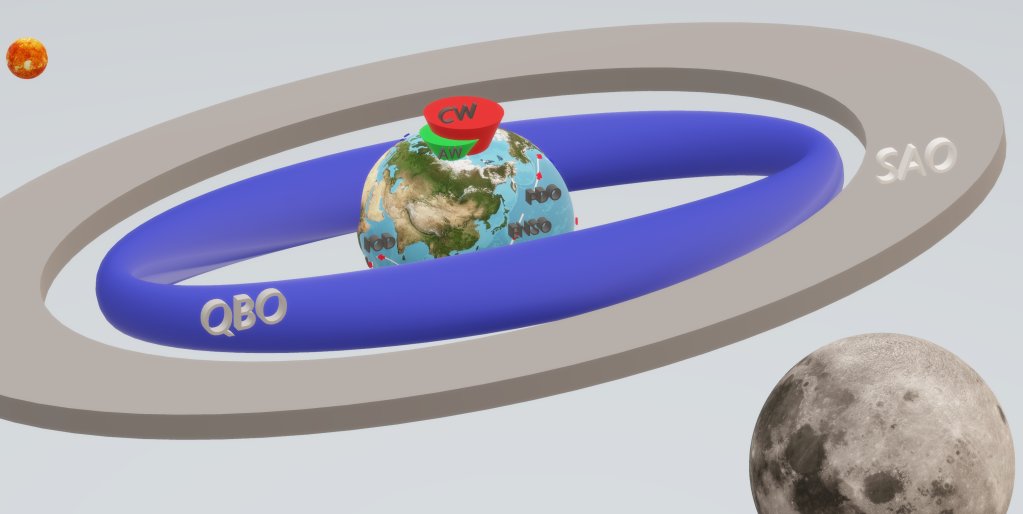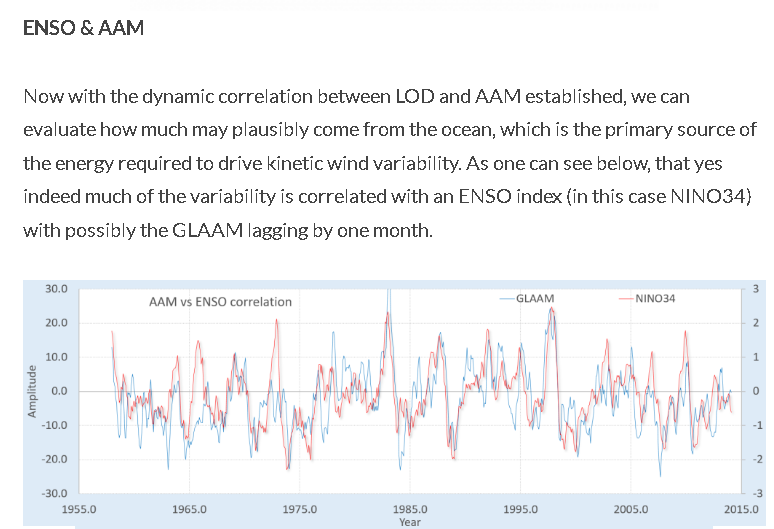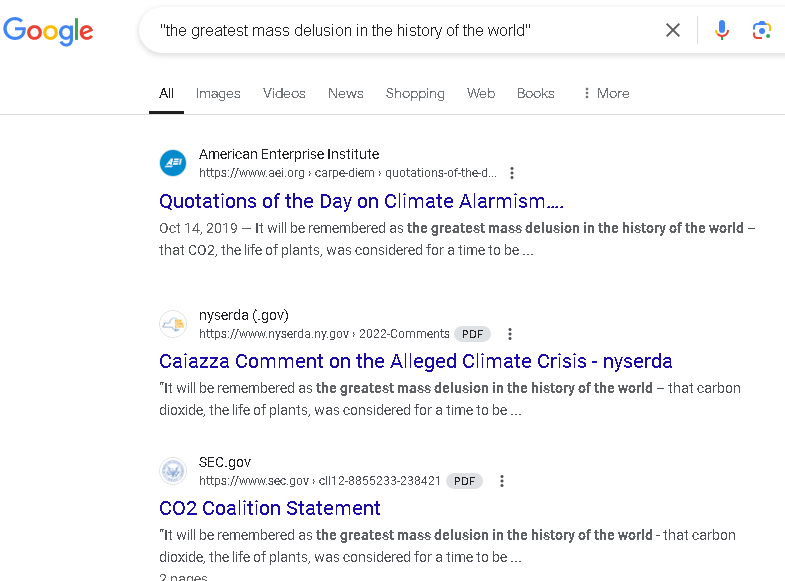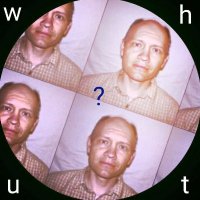
@Puͣkiͧte̍.com 🇱🇻
@whut
whut's happening? → Earth Sciences 🌏
Mathematical GeoEnergy (Wiley/AGU, 2019) 🌊
bsky.app/profile/pukite…
threads.net/PaulPukite
ID: 14119493
http://GeoEnergyMath.com 11-03-2008 01:56:54
29,29K Tweet
710 Takipçi
1,1K Takip Edilen


@Puͣkiͧte̍.com 🇱🇻 Synopsys Our paper was originally published in Nature (nature.com/articles/s4158…). Some in the EDA community questioned its results (presumably based on flawed efforts like the Cheng et al. paper), and Nature initiated a second peer review process, which resulted in our results being



Chandler wobble is a deviation in Earth's axis of rotation w/period of ~433 days, while the annual wobble corresponds to a 365d cycle. Both influenced by external torques: the annual wobble primarily by the Sun, & Chandler wobble by the Moon's gravity pull geoenergymath.com/2024/11/10/lun…




The linked post highlights how precise modeling of lunar torque effects requires considering subtle resonances between tidal forces and Earth's rotation, revealing intricate links to long-term geophysical cycles. Elon Musk derates all linked interactions geoenergymath.com/2024/11/10/lun…


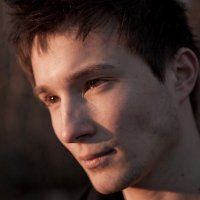
Matt ☯︎陰龍🐉 Yes, for some reason fluid dynamics tend to look more convincing than those of many other elements. MKBHD also noted this here: youtu.be/OY2x0TyKzIQ?si…






Physics Today The machine leveraged Newtonian gravity (describing lunar and solar gravitational forces) and Laplace’s tidal theories (modeling dynamic ocean responses) to compute tides via harmonic analysis. It summed 26 harmonic constituents periodic functions representing tidal influences
